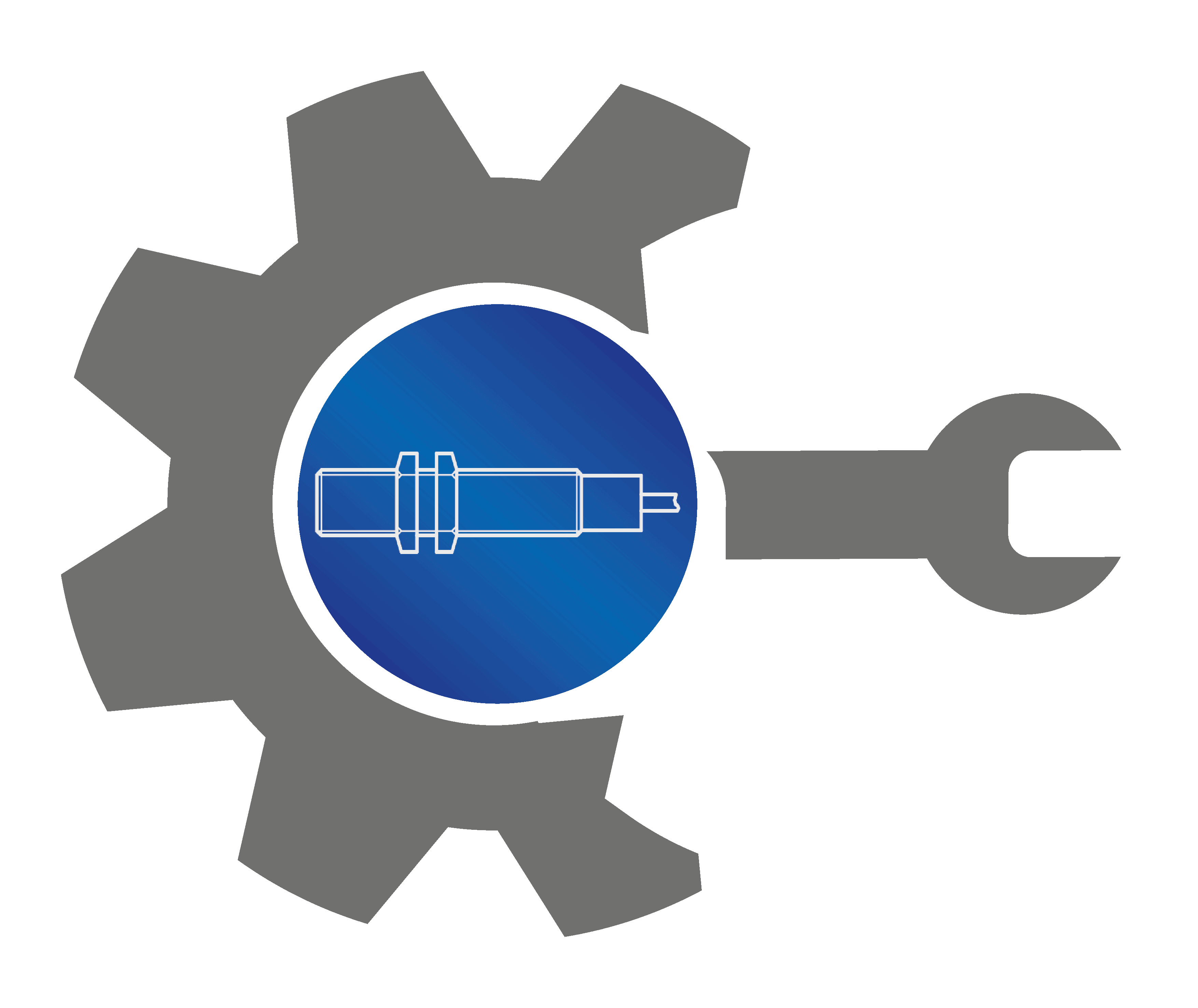
filling level sensor
Filling level sensors are used for filling level measurement. They are used in particular for the continuous filling level measurement of liquids and bulk goods. The filling level limit switch, which is used to signal a certain filling level and then trigger a reaction, is also a filling level sensor, in a sense. During the continuous measurement of filling levels, the filling level sensor produces an analog or digital display of the measurement values in different absolute and relative sizes as well as measuring units. For example, some sensors present the value in percentage form. It is also quite common for level sensors to signal the value as a voltage or current. In that case, pressures are shown as a water column or in bar units. A filling level limit switch, on the other hand, will output the value via a switch contact.
There are combined systems that measure continuously and in the limit switch.
Table of contents
What kind of level sensors are there and how do they work?
The filling level sensor with capacitive measurement
The filling level sensor with optical measurement
Other technologies at the filling level sensors
Electromechanical gauging systems
Hydrostatic filling level measurement
Which filling level sensor works in which materials and which surroundings?
Where is a filling level sensor used?
What are the advantages and disadvantages of filling level sensors?
What kind of level sensors are there and how do they work?
Among other things, a differentiation is made between mechanical filling level gauges, electromechanical and hydrostatic measuring systems. In addition, optical systems, conductivity meters and so-called capacitive systems are also used.
The filling level sensor with capacitive measurement
Capacitive measurement is suitable both for continuous measurement and for filling level sensors. This technique makes use of the change in electrical capacity between electrodes that are surrounded by a medium. The effect of a change in a medium significantly depends on the so-called dielectric constant. This constant value is used to determine the immersion depth of the electrodes which permits a continuous measurement of the filling level. A special form of this is a switch with frequency swing technology. It can separate foreign matter adhering to the filling level sensor and thus allows for an exact measurement even under difficult measuring surroundings with foam formation and similar influences.
The filling level sensor with optical measurement
The sensor is immersed in the medium and measures the absorption of light or the elimination of the total reflection during the immersion itself. An infrared LED and a light receptor are used. The light directed at a prism on the top of the so-called measuring sensor is first reflected to the receiver. This changes when the tip is immersed in the medium, because its level will rise. The light will refract at the receiver, which is converted into a switching process. The method works best in very pure media, because any pollutions can impact the result.
Other technologies at the filling level sensors
Radar, ultrasound and microwave are also technologically suited for use in filling level sensors. The classic floaters, rotor switches and vibration sensors are the mechanical forms of filling level sensors. They are suitable primarily for limit switches. There are also so-called level probes, differential pressure gauges and filling level sensors that make use of the displacement principle. Even heat conducting and superconducting can be used for filling level measurement.
Electromechanical gauging systems
A measuring tape with an attached weight is lowered into the medium. The change traction force after it contacts the surface of the medium can be measured.
Hydrostatic filling level measurement
In this case, the difference in the pressures between the liquid surface and the bottom of the container is shown in a liquid column.
Which filling level sensor works in which materials and which surroundings?
The mechanical filling level sensors in particular are very resistant to foreign matter and incrustations, So they can usually be used in all liquids. Electromechanical gauging systems are suitable primarily for the measurement of bulk goods, for example in a silo. Hydrostatic filling level measurement is very good for use in tanks with liquids. Filling level sensors with capacitive measurement also work very accurately in liquids.
Where is a filling level sensor used?
The application possibilities in industrial use are innumerable. Filling level measurements record losses in liquids and bulk goods, prevent hazardous idle runs and also serve to prevent explosions and damages.
What are the advantages and disadvantages of filling level sensors?
A filling level sensor can be a very precise measuring tool. However, the right kind of sensor needs to be selected, since some measuring technologies are very sensitive to dust or impurities in the measured medium. Some types are very easy to install because they partially even work behind container walls. In general there are so many different technological possibilities for filling level measurement that a suitable solution can be found for every purpose.
Other interesting articles
Capacitive sensor
Find out everything about the assembly and functionality of a capacitive sensor.
Capacitive filling level measurement
Find out everything about the process and functionality of capacitive filling level measurement.
Inductive sensor
Find out everything about the assembly and functionality of an inductive sensor.









